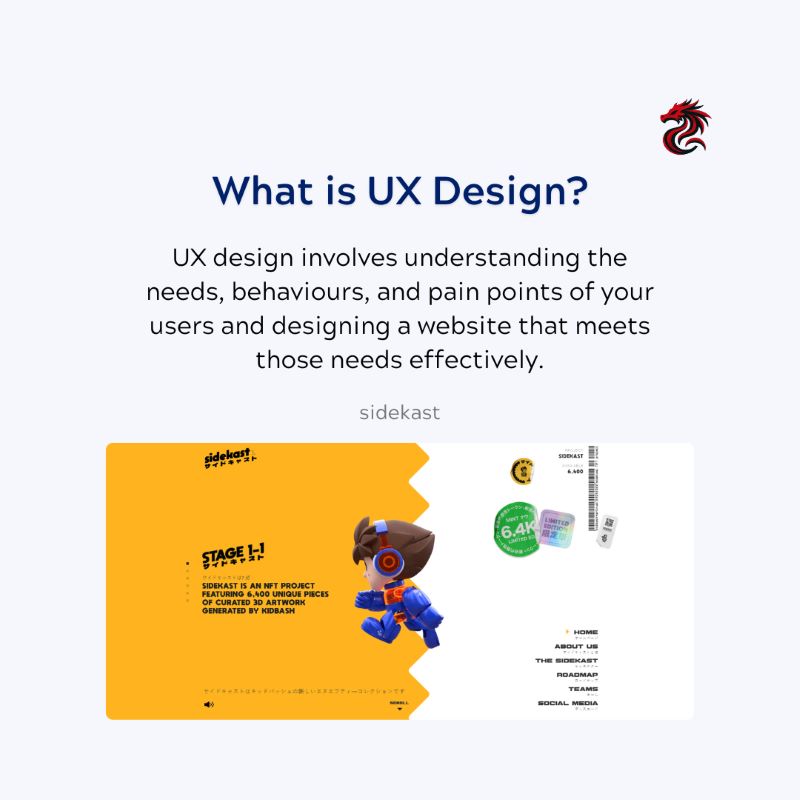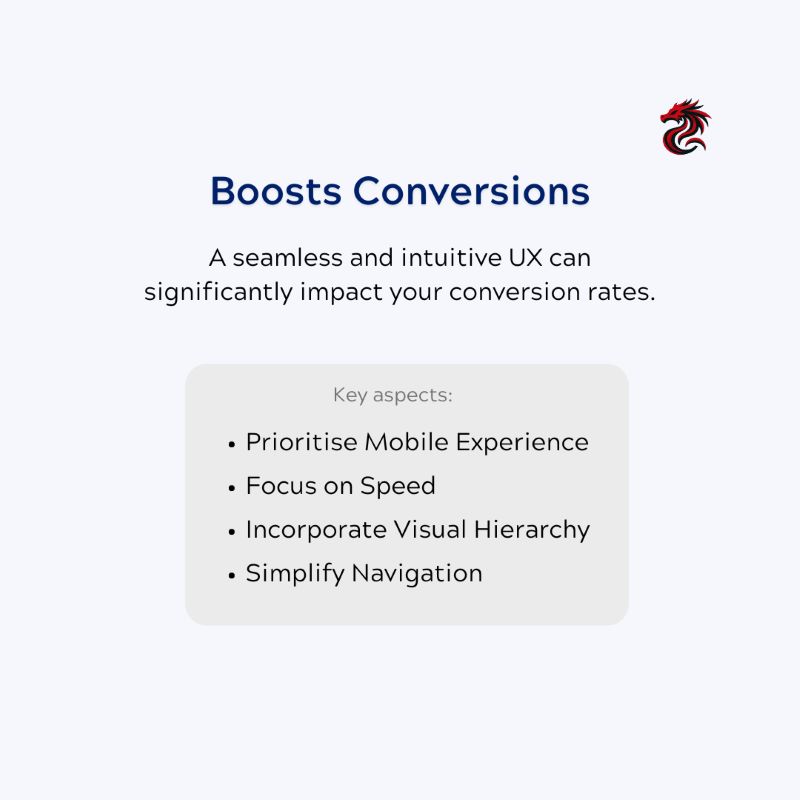Why UX Matters: Insights from Top Web Development Experts
User Experience (UX) is crucial in web design, impacting how visitors interact with your website and perceive your brand. As someone transitioning from a junior developer to collaborating with top web development companies, I've learned that a seamless, intuitive experience can significantly improve user satisfaction, retention, and conversion rates. Let’s explore why UX is key to a successful website and how to optimize it for your audience. Partnering with a web development services company can make this process even more effective.
What Is UX Design?
UX design involves understanding user behaviors, pain points, and goals to create a website that meets their needs effectively. From navigation and accessibility to content structure, UX covers all aspects of a user's interaction with a website.
For more insights into website design fundamentals, check out our guide to professional website design.

Why UX Matters
A well-designed UX is vital for several reasons:
- Increases Engagement: An intuitive UX keeps users engaged with your content. Engaged users are more likely to explore multiple pages, reducing bounce rates and increasing session durations.
- Boosts Conversion Rates: A smooth user journey encourages conversions, whether that means signing up for a newsletter, making a purchase, or filling out a contact form.
- Builds Trust and Credibility: Users are more likely to trust and return to a website that provides a seamless experience.
For more tips on enhancing user engagement, explore our article on website bounce rates.
How to Improve UX Design
- Focus on Speed: Slow-loading websites can frustrate users and lead to high bounce rates. Optimizing your website's speed is crucial. For more insights, read our website health check guide.
- Simplify Navigation: Clear, intuitive navigation allows users to find what they need quickly. Utilize a straightforward menu structure and consider a search function to enhance usability.
- Responsive Design: Ensure your website is accessible on all devices. With the growing use of mobile devices, responsive design is a key component of UX. Discover more in our article on creating professional websites.
- Use Visual Hierarchy: A clear visual hierarchy directs users to the most important content. Employ different sizes, colors, and spacing to highlight essential elements.

Interested in learning about how to maintain a consistent user journey across your website? Visit our future of e-commerce websites article to stay ahead of the curve.
Partnering with a Web Development Services Company
Collaborating with a web development services company can significantly enhance your website's UX. These companies specialize in providing web design & development services that focus on user-centric design principles. They help ensure your website is not only visually appealing but also functional and accessible.
For more tips on content creation that resonates with your audience, check out our post on content creation.

Continuous Improvement in UX
Effective UX design is an ongoing process. Testing your website with real users and collecting feedback are crucial steps to ensure a smooth experience. Implement regular updates to address new trends and technologies.
Learn how to maintain a modern website with our guide to web design trends. Staying updated with the latest practices ensures your site remains user-friendly and relevant.

Linking UX with SEO and Content Strategy
Good UX design goes hand-in-hand with effective SEO and content strategies. A user-friendly website with clear navigation, fast load times, and valuable content will rank higher on search engines, driving organic traffic to your site. Moreover, relevant and high-quality content helps build trust and credibility with your audience.
If you're looking to learn more about how content plays a pivotal role in enhancing user experience, read our blog on "Content is King: 5 Tips for Creating Content that Resonates with Your Audience".
Additionally, if you're interested in learning about the latest SEO practices to further boost your website's user experience, don't miss our comprehensive guide on "The Role of SEO in Digital Marketing: Why It's Crucial for Your Business's Online Success".
Final Thoughts
Effective user experience design is an ongoing process that requires careful planning, testing, and iteration. By focusing on user-centric design principles and collaborating with top web development companies, you can create an intuitive and enjoyable experience that keeps users returning to your site.
As we look toward the future of web design, keep in mind that user expectations continue to evolve. Staying informed and adapting to new trends will ensure that your website remains relevant and user-friendly. For more insights into web design trends, you can explore our comprehensive guide to the "Top Web Design Trends for 2025".
Need help optimizing your website's UX? Contact our team at Clean Design UK to discuss how we can elevate your digital presence with a user-focused design strategy.
